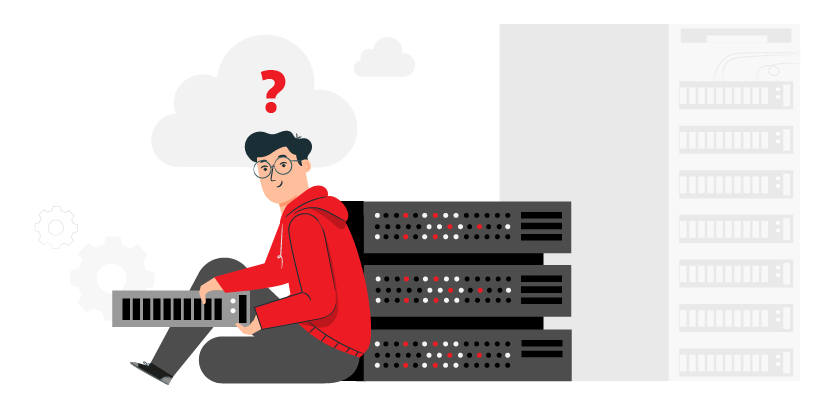How Much RAM Does Your VPS Hosting Server Need?

VPS hosting is creating a dominant force in most industries, giving an incredible shape to the web hosting industry.
As per recent statistics, it is projected that the size of the VPS market will reach $8.3 billion by 2026, spotlighting the influence of VPS hosting to serve various hosting needs.
Businesses must make various considerations while buying a domain name and hosting plan, such as whether uptime is 99.99%, security aspects, speed, performance and scalability.
Similarly, another essential aspect to focus on is hosting resources such as CPU cores, RAM, disk space, memory, etc, so that you get VPS in Australia that fulfils your specific requirements of the website as not one size fits all.
In this article, we look at elements that help you understand your RAM requirement for your website for VPS hosting in Australia.
What is VPS Hosting?
VPS Hosting falls between a Shared Server and an independent server. Such hosting is for those businesses who need more control over the website but won’t need a dedicated server for that.
The incredible part of VPS is that even though the website is hosted within its own space, the server is shared with other users.
Further, VPS offers clients customisation and storage space, but they are not powerful enough to handle significant traffic.
It is a beautiful option for businesses or bloggers that need independent websites but need more technical know-how to manage them. As it falls between shared and independent hosting is more comparatively cost-effective than dedicated hosting.
How Does VPS Hosting Work?
A server is a computer system that allows you to store files and information needed for your website.
As and when someone accesses your website, the browser creates a request to your server, and the server transmits the necessary files.
VPS Hosting has a VS that acts as a physical server regarding its functionality and capability. In addition, the hosting provider adds a virtual coating above the server operating system, allowing each user to establish its software, which lets them have complete control over their division.
It also acts as a secure container with secured resources that need not be shared, including memory, disk space, CPU, etc. It has identical root-level access but a reliable server at a low cost.
What Role Does RAM Play in VPS Hosting?
Random Access Memory is an important part of your VPS server as it helps manage your server’s efficiency, i.e., it creates a storage for data for quick access.
With high RAM capacity, for instance, a VPS server with 16GB RAM, you can ensure healthy website performance and speed, stimulating multiple task programs and traffic.
Therefore, choosing the right RAM for VPS hosting in Australia ensures smooth operation without adding up costs.
Elements to look for to Understand your RAM Requirement
- Website: 2 GB of RAM is sufficient for a single website. Suppose multiple websites prefer a VPS server with 8GB RAM, which ensures scalability and best performance.
- Ecommerce: If you have limited traffic, 2GB RAM is enough, but for e-commerce businesses with high traffic and transactions, it is best to go for a VPS server with 4GB.
- WordPress blog: In case you are a WordPress blogger with limited traffic, 256 MB of RAM shall work, but if you have more traffic, it is best to go for 2GB RAM, especially if your site has many shortcodes, plugins and a page builder.
- Gaming Server: Prefer to start with 4 GB of RAM for smooth gameplay, but also upgrade to 8 GB for enhanced speed as your gaming community grows.
Conclusion
Choose a RAM based on your hosting requirements, as no one size fits all, and choosing the right RAM directly affects server efficiency, and website performance without adding up any unnecessary cost. So, go through the above points before choosing your VPS hosting service.
